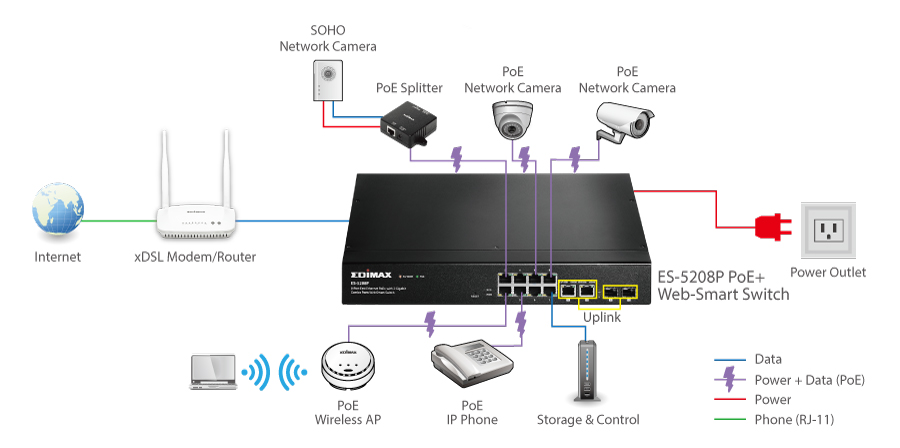

Verify that the driver is successfully removed by issuing the command below. The following command will remove the driver from the kernel. Be aware that if you are connected remotely to this machine through the interface managed by the driver, you will lose the connection. Now go ahead and disable the driver by using modprobe command. In this example, the interface p1p2 is managed by a driver named ixgbe.Ĭheck if the driver is currently loaded in the kernel. It will show detailed information of existing Ethernet interfaces, including assigned interface name and an associated NIC driver. The following command will help you find that out. In this example, let's reset the packet counters for a network interface named p1p2.įirst, you need to identify which NIC driver is associated with p1p2 interface. Since these packet counters are maintained by a NIC driver, you can reset the counters by disabling and reloading the NIC driver. If, for some reason, you want to reset those counters at any time, here is what you can do.įirst, you must understand that you cannot reset the packet counters while the NIC is being used. These counters keep incrementing over time until they wrap around. You can inspect these packet counters either by running ifconfig command or by inspecting /proc/net/dev. On Linux, each network interface comes with several packet counters such as RX (number of received packets), TX (number of transmitted packets), errors (number of packets with errors), dropped (number of dropped packets) and overruns (number of lost packets due to queue overrun). Is there a way to reset ifconfig packet counters on a network interface without rebooting the server? Question: I am testing a network interface card (NIC), and currently ifconfig command reports huge numbers on RX/TX and error/dropped counters on some interface.


 0 kommentar(er)
0 kommentar(er)
